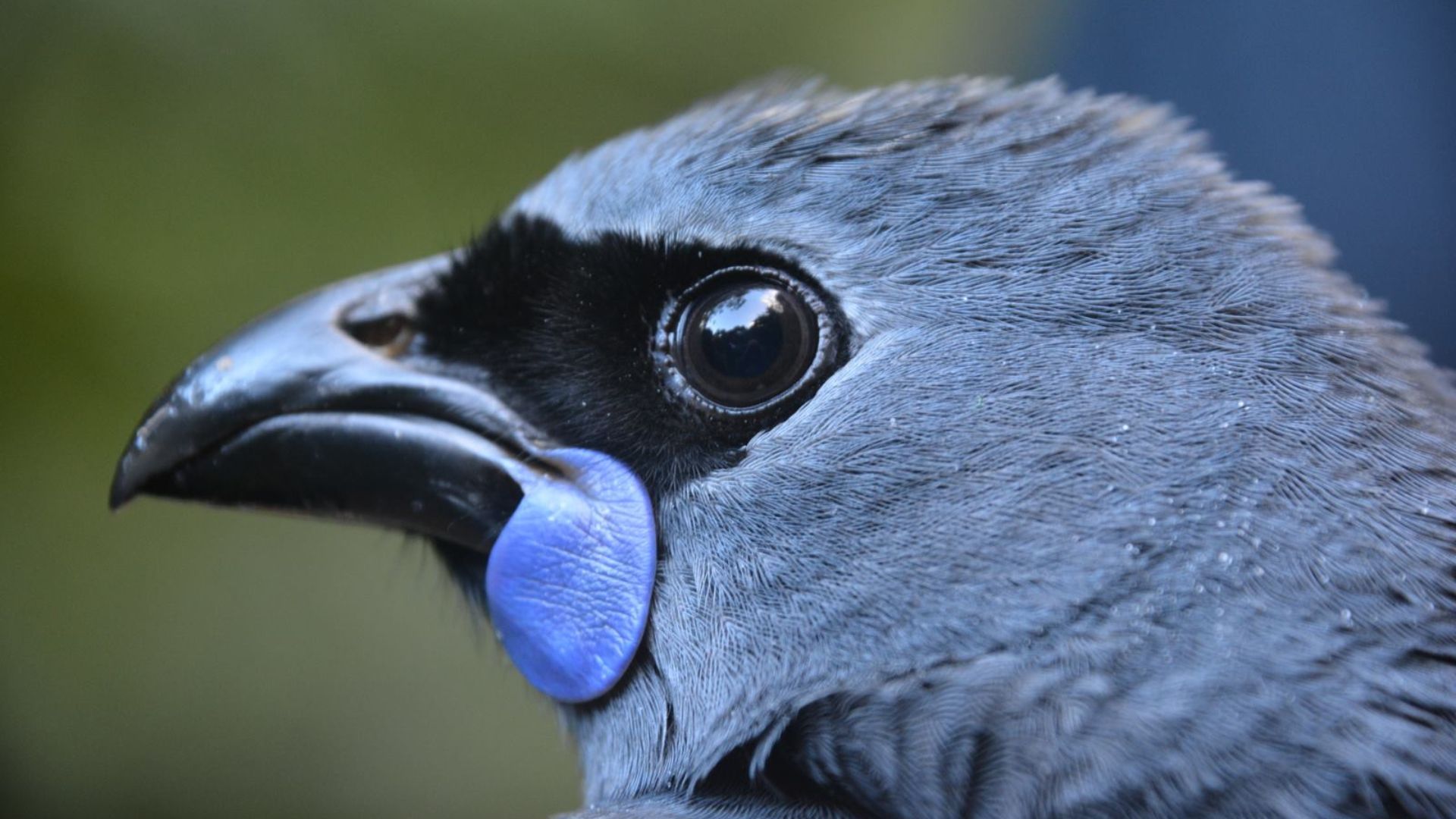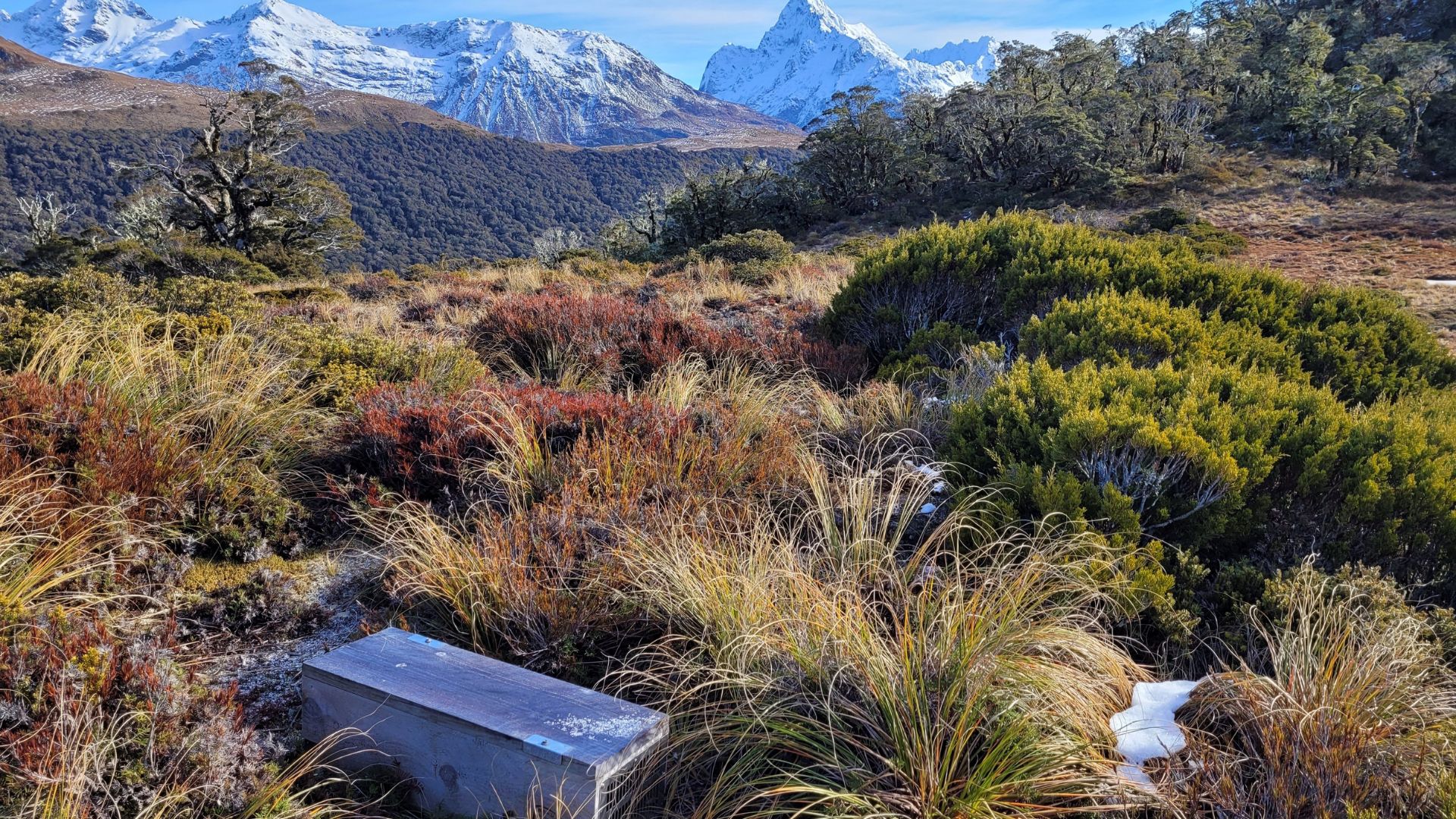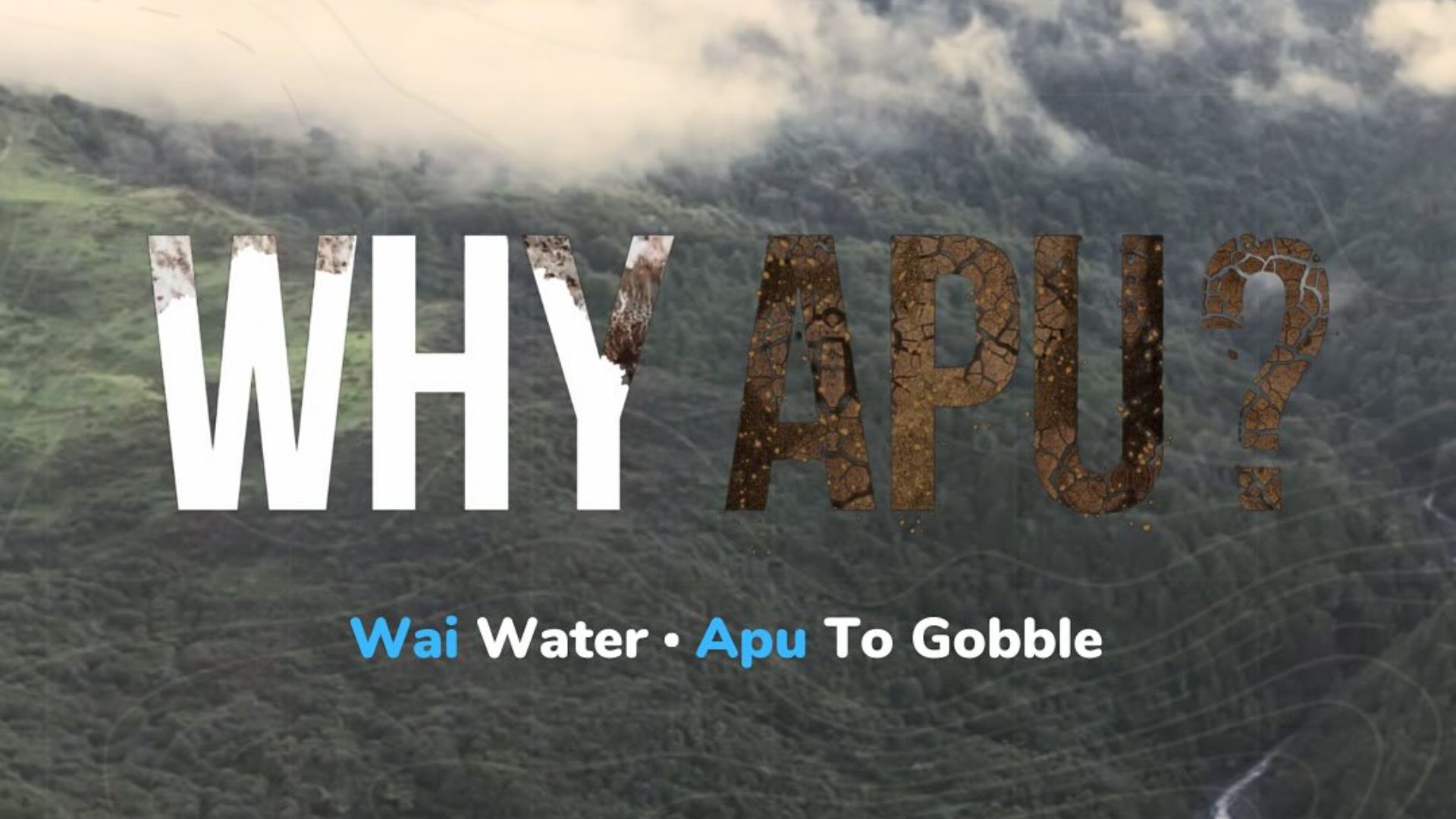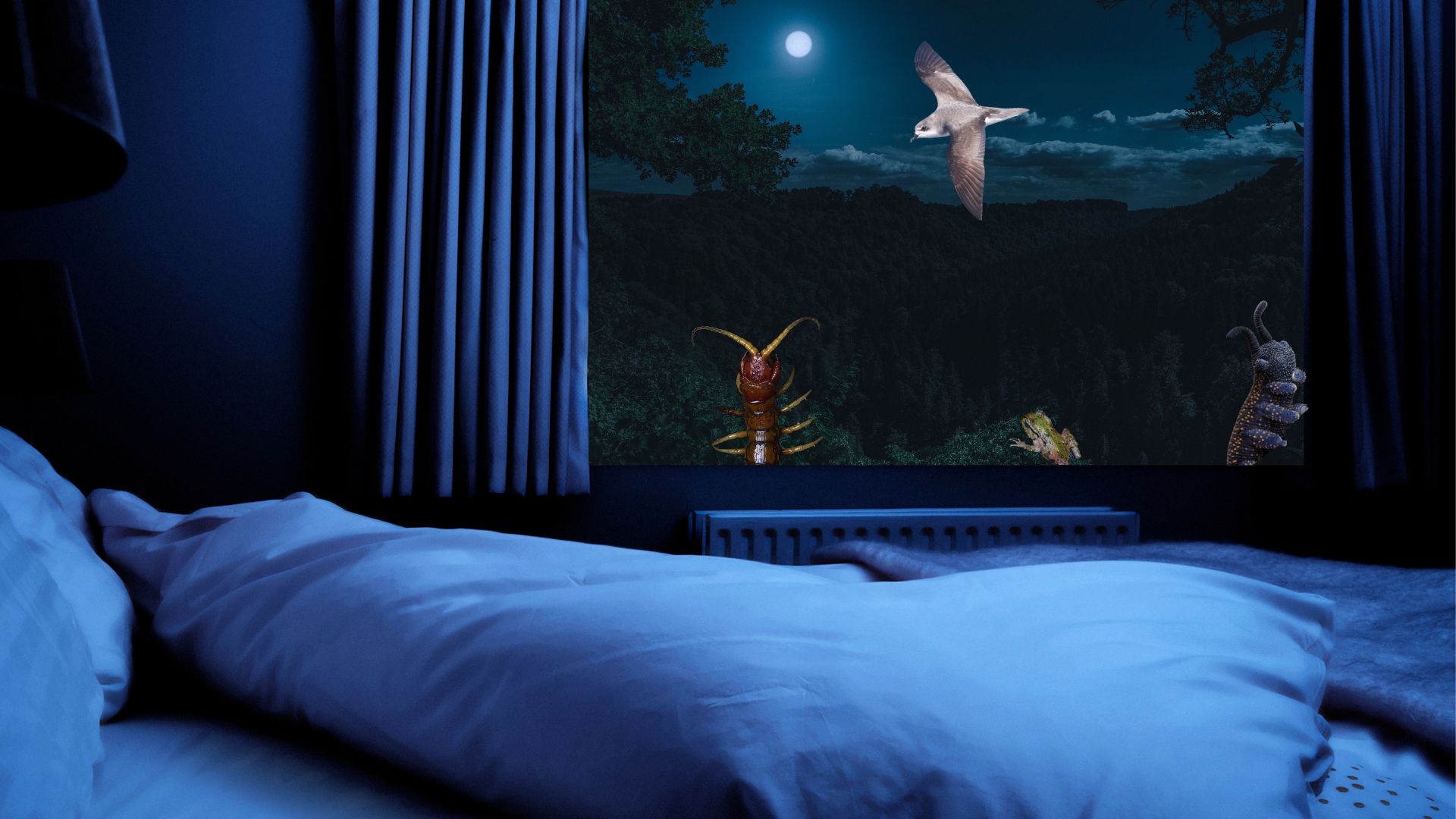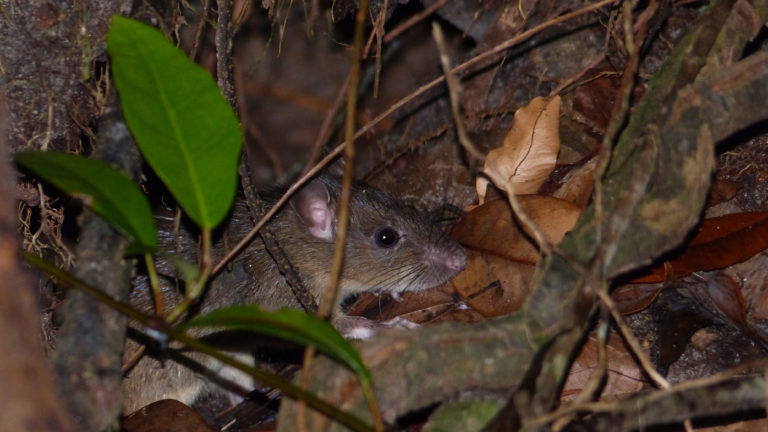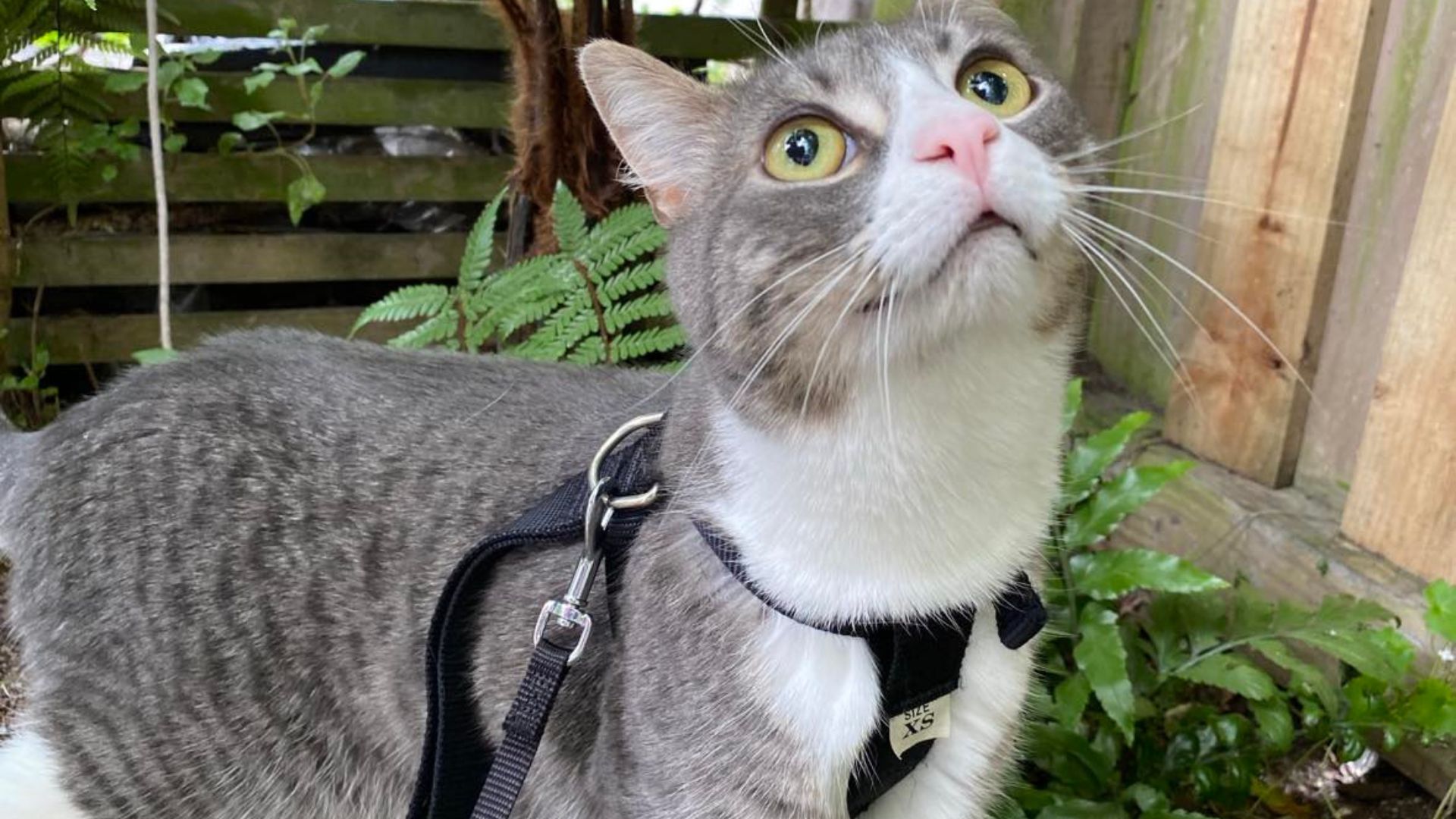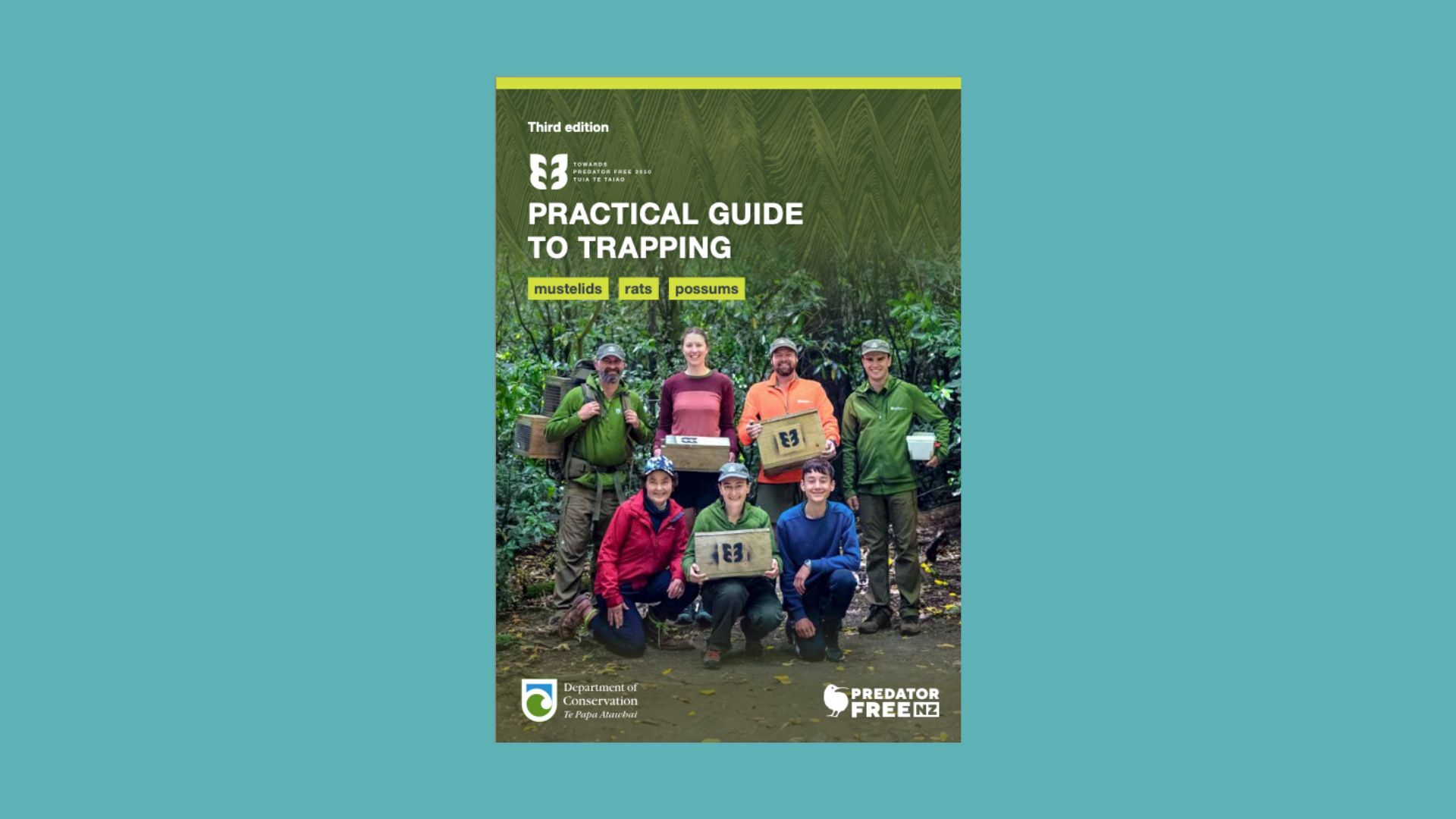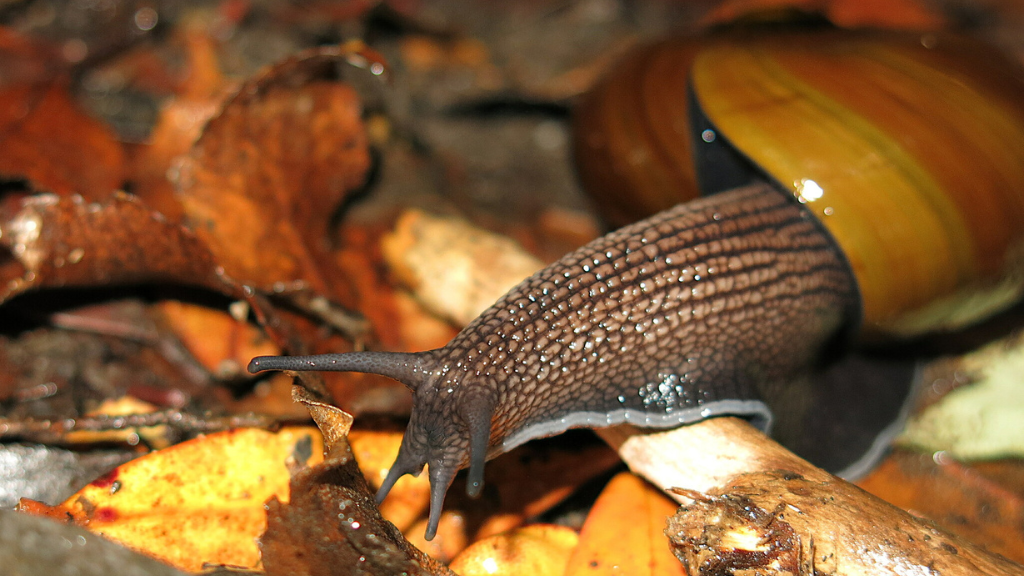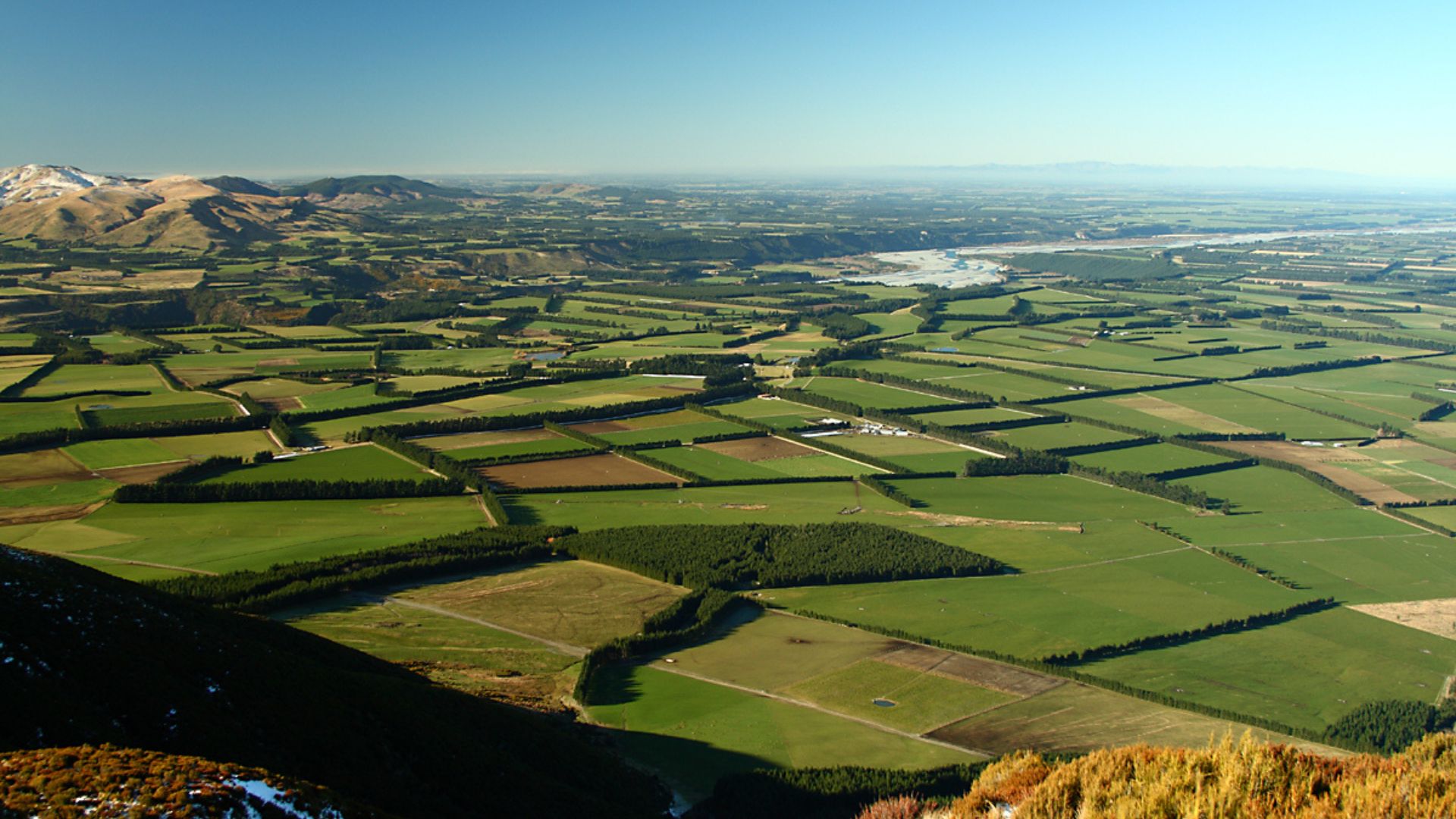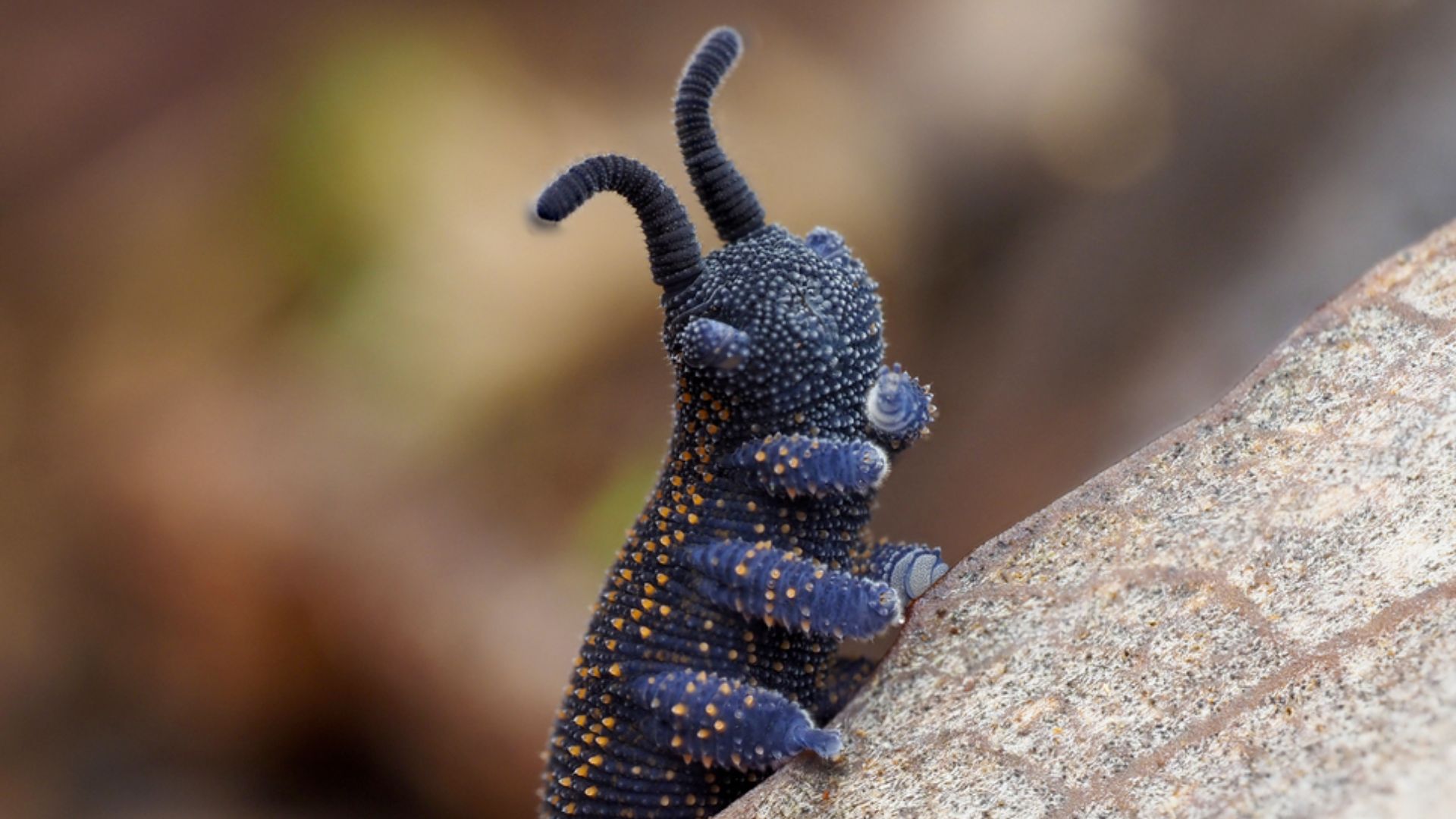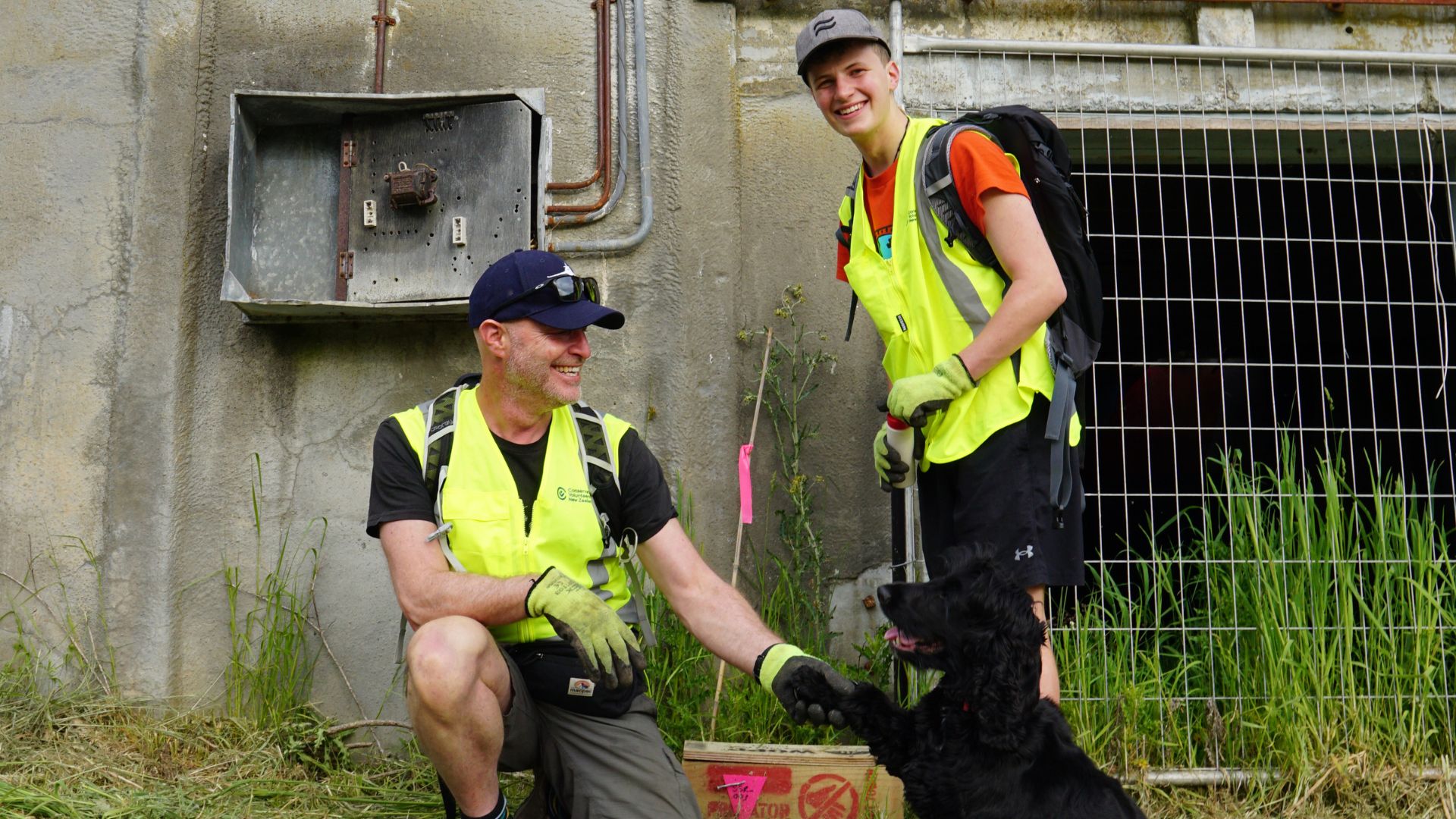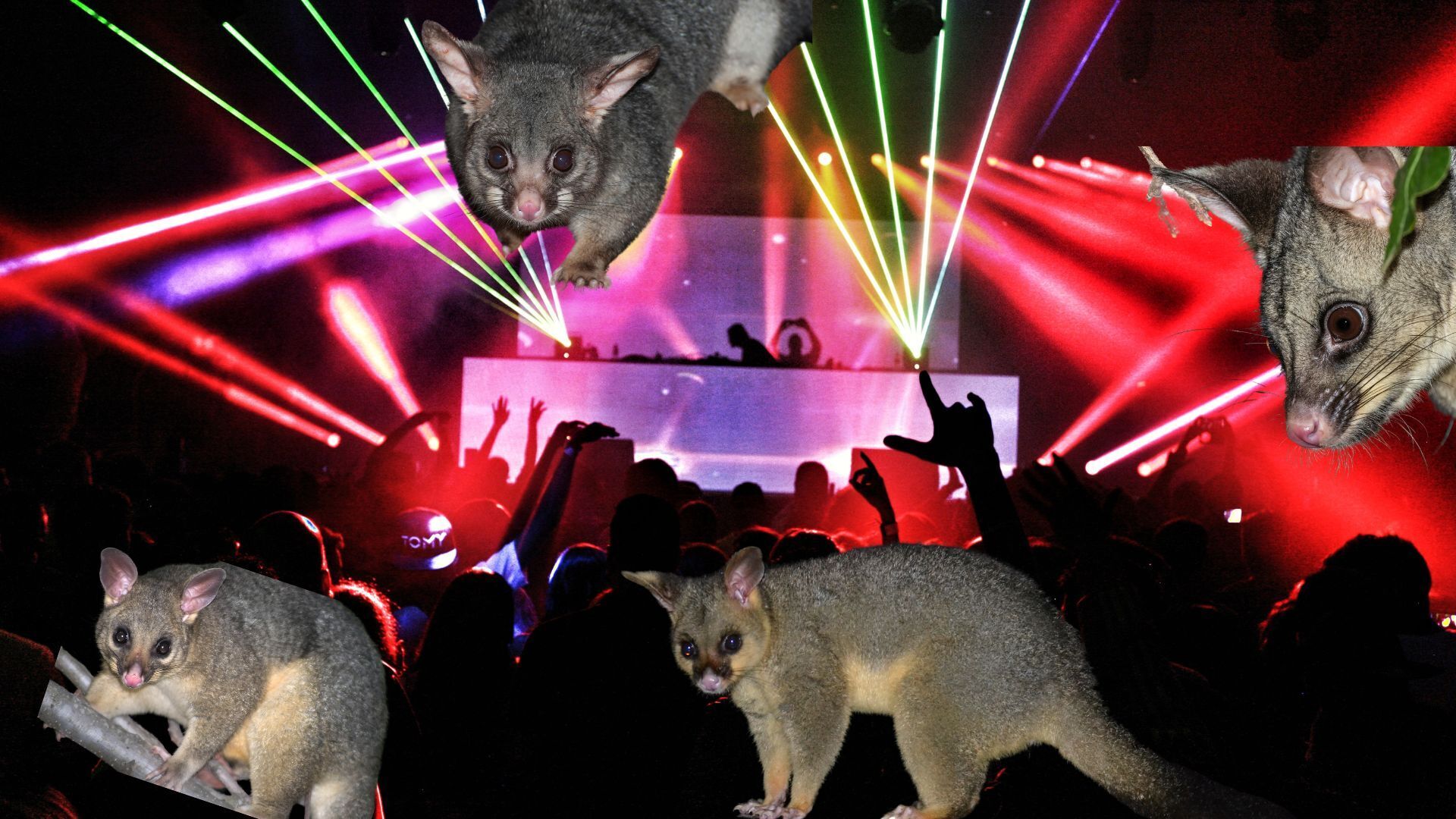Other articles tagged with Native wildlife
From one pair to many: these volunteers saved this Auckland kōkako population
When volunteers started helping kōkako in the Hūnua Ranges there was just one breeding pair left. But it wasn't too late - thirty years later, there are more than 250 pairs.
Predator trapping by the moon: the influence of maramataka
Many people recognise the influence that the moon phase can have on hunting, fishing and gardening. It’s the same with trapping predators.
If you’ve ever thought, “what’s the point?” about nature conservation, this study is for you
Nature conservation really, actually works, and control of invasive species shows the largest positive impact, according to a new global study.
Thriving garden to empty shell, ‘Why Apu?’
Silent forests with chewed-out undergrowth and mountainsides slipping away. A new documentary series unveils crisis and hope in the heart of the East Cape.
Poison claws and slime assault: 7 nocturnal creatures to delight in this forested estate
When the sun goes down, a whole new world wakes up in this native forest subdivision.
Troubleshooting tips: what to do when your rat trap isn’t catching any rats
Here are some tips to make your trap more effective. To trap rats successfully you need to know more about them, specifically their behaviours and what motivates them.
Inside scoop: Q&A with an indoor cat owner
Meet Tess and her beloved cats, Sylvia and Sooty. Tess made the choice to keep them indoors from day one - “Safe at home, don’t let me roam”.
Getting your hands dirty with a practical guide to trapping
Order a copy of this comprehensive 80-page booklet for all the best practice tools you need for effective predator control in your community.
Beyond birds: 5 things that benefit from predator control
Predator control in New Zealand is one of the ways we can bring birds and many other species back from the threat of extinction.
Funding nature: a boost for backyard trapping
From Auckland to Canterbury, these groups are taking on predators, bringing communities closer together and giving our endangered species a fighting chance.
Buzz off: 7 facts about wasps
When you think of “introduced predators”, what comes to mind? Probably feral cats, rats and stoats. Wasps are introduced predators too.
Win-win: farming can help nature thrive and vice versa
Many farmers are already tapping into innovative resources, actively sowing the seeds of positive change for on-farm biodiversity.
Exploring the ancient and alien-like peripatus, “velvet worm”
Peripatus, sometimes called velvet worms are stumpy-legged invertebrates that look like caterpillars and live on the forest floor.
Bonding for the birds: father and son trapping team
In Lyttelton Harbour, a story of family, nature, and the bond between a father, his son, and their furry companion unfolds.
Give your birdlife a boost and create a possum nightclub
A possum nightclub might sound like a conservation nightmare, but it's a great way to give your birdlife a helping hand.

